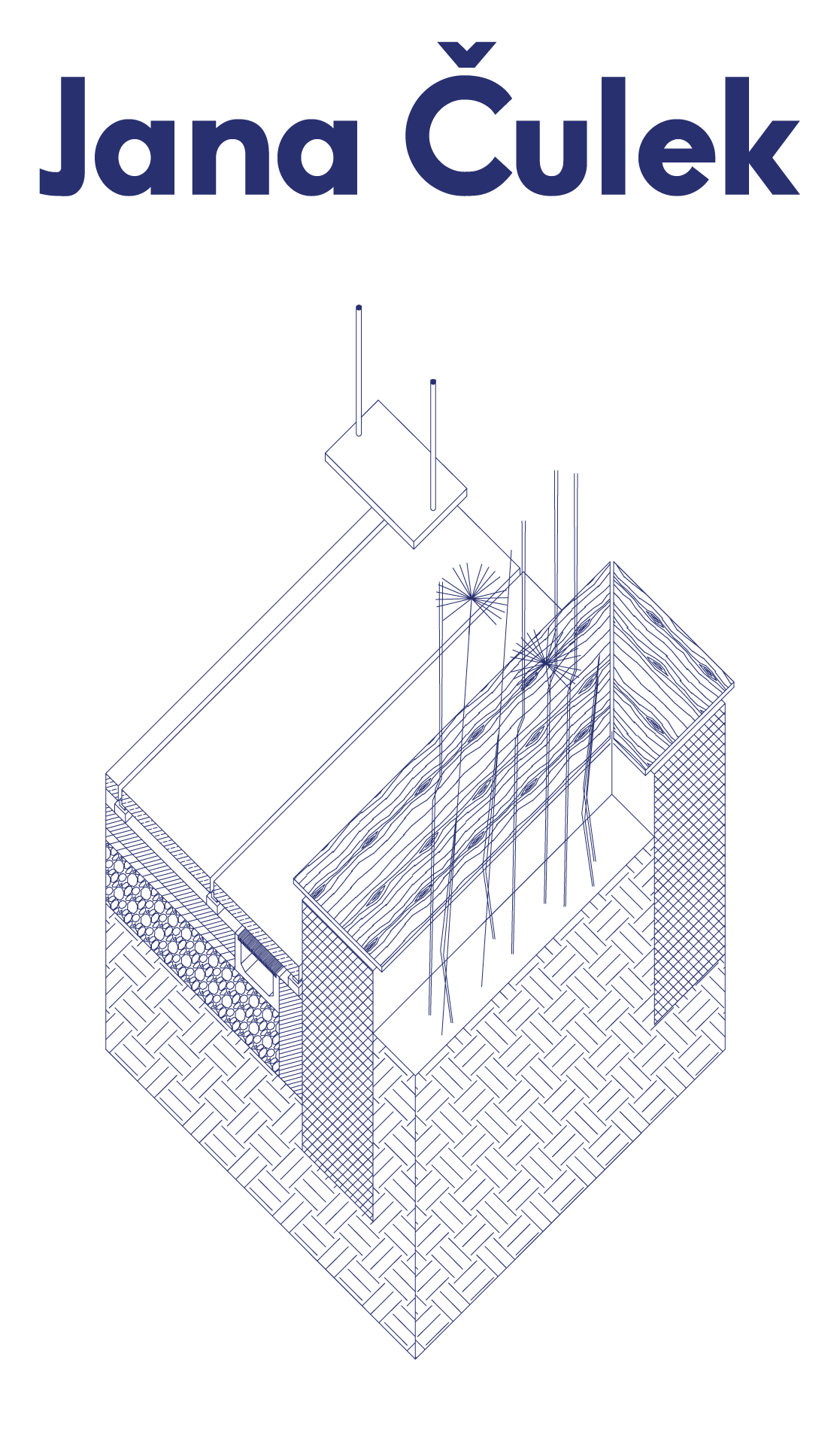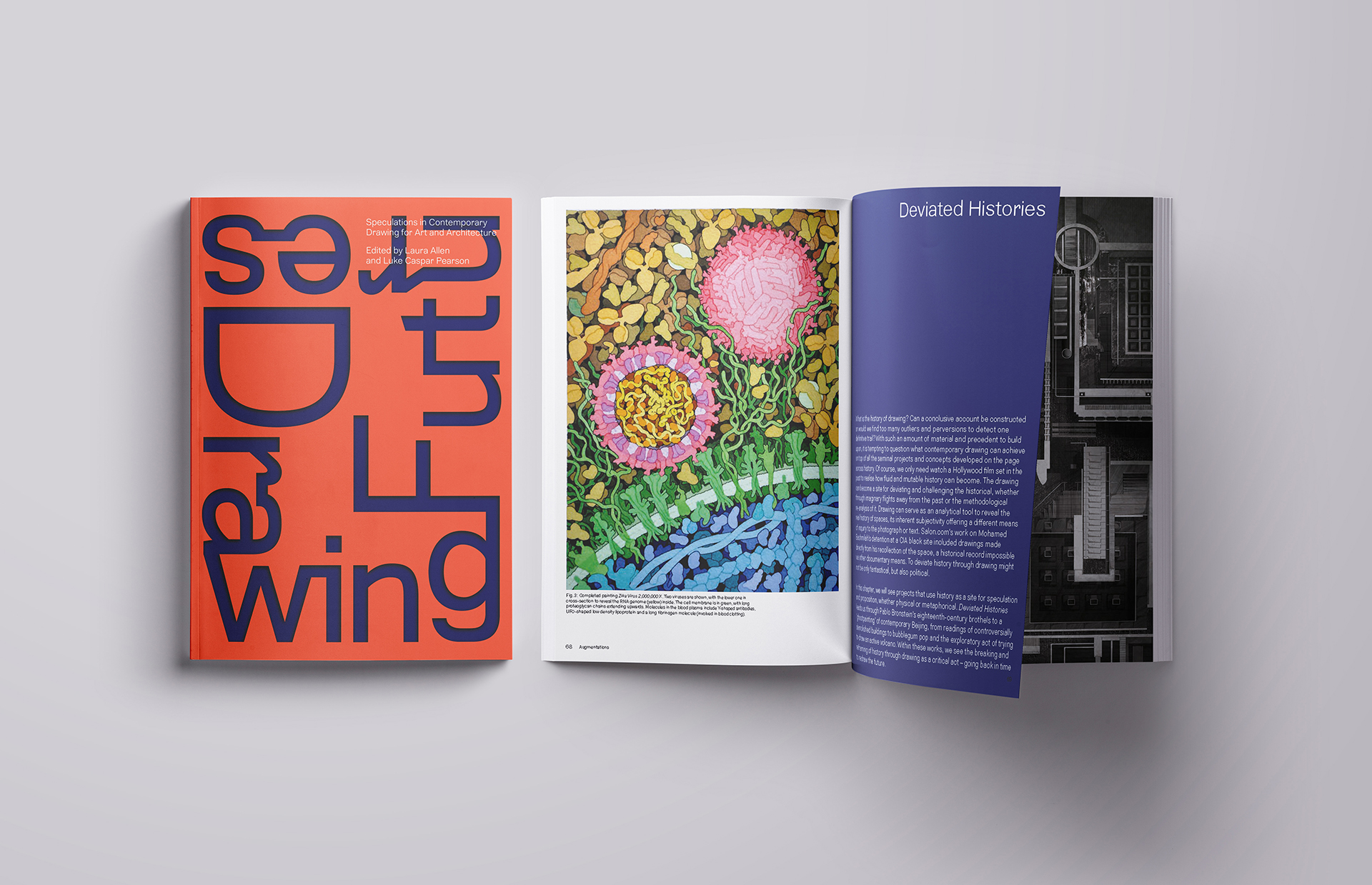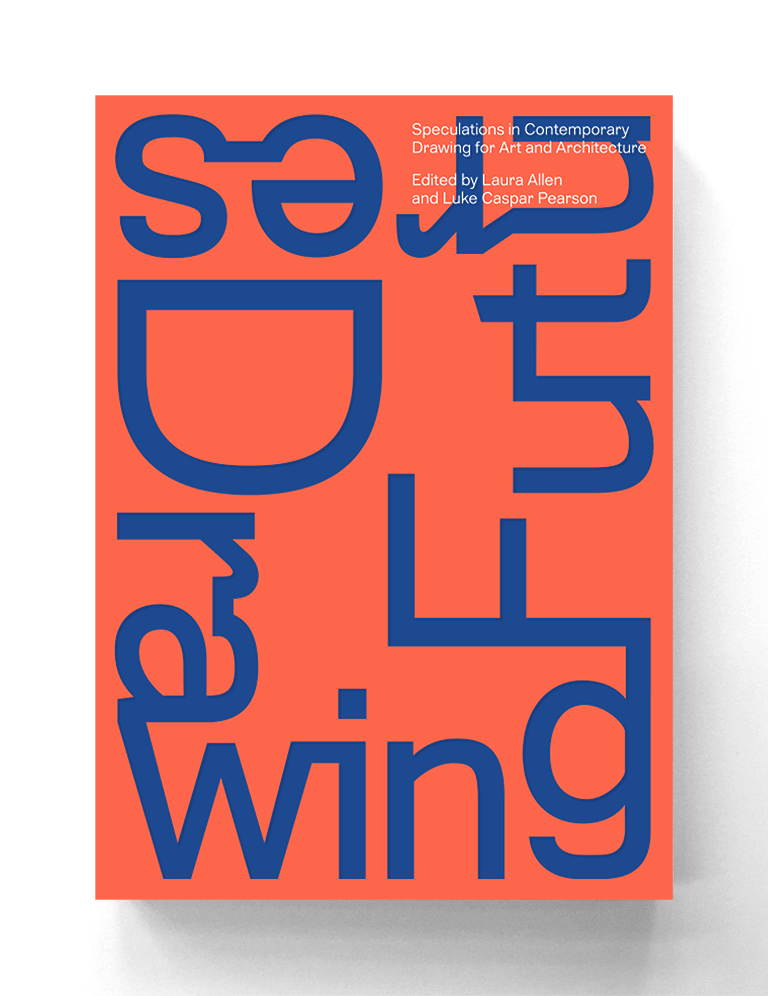
O n November 11th and 12th, 2016, I participated in the Drawing Futures conference held at the Bartlett School of Architecture, University College London. I held a lecture based on the paper “A Flat Tale: The Picture Book as an Architectural Project” which was also published in the Drawing Futures book published by UCL Press. The conference involved 24 speakers form around the world which talked about architectural drawings in today’s digital world.
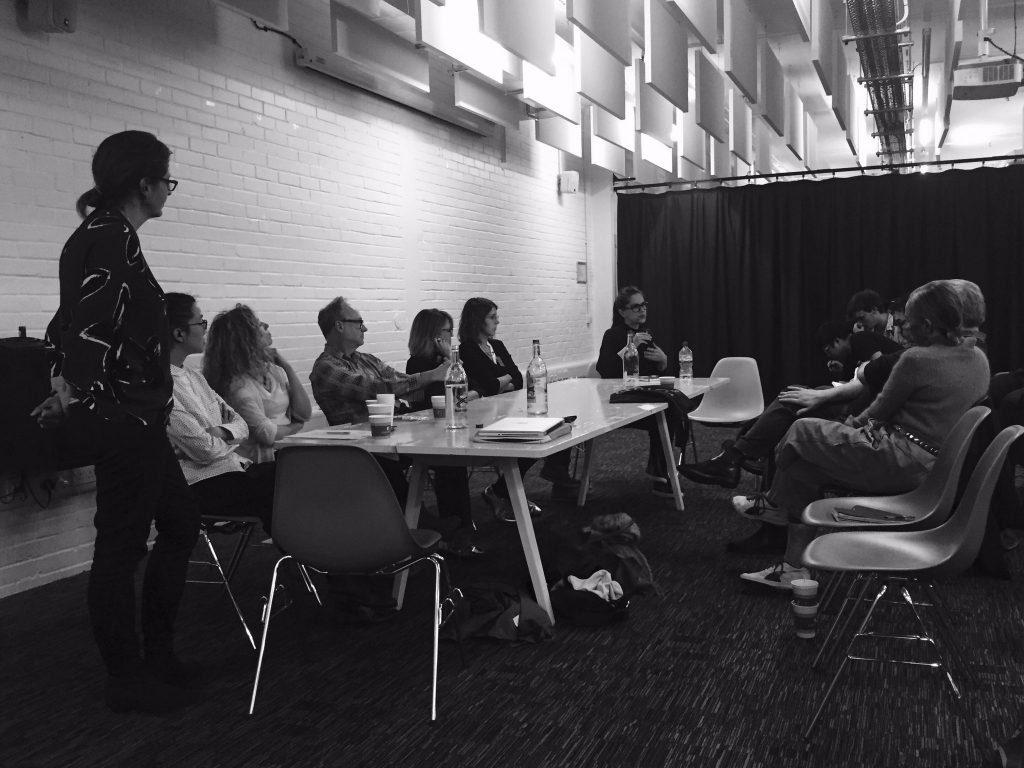
Insert from the paper:
“As architects, we often create more stories than buildings: “Since the inception of Western architecture in classical Greece, the architect has not ‘made’ buildings; rather, he or she has made the mediating artefacts that make significant buildings possible. These artefacts – from words, to many kinds of inscriptions and drawings, to full scale mock-ups – and their relation to buildings, however, have not remained constant throughout history.”1
Architecture has come to a point where the main focus in creating a project is placed on the formation of the concept. An attractive and innovative conceptual narrative is what differentiates a successful project from an unsuccessful one. ‘A Flat Tale’ is an architectural project that examines the relationships between images and texts in creating architectural narratives. Dutch architecture and visual culture are used as a lens for studying architectural stories through their textual and visual narrative structures and methods. In order to gain a clearer understanding of the complex relationships of lexical and visual forms of storytelling and their capacity of disseminating knowledge, the project uses known didactic literary genres as heuristic devices. Approaching the topic of architectural representation through both its visual and lexical qualities has allowed for the elucidation of three main categories depending on the complexity, presence and correlation of drawings and text. These three categories are presented through three books, each transposing one category of architectural representation to a literary and didactic genre. A Good Life ABC pairs the architectural diagram with the alphabet book, A Flat Tale conveys the architectural design project through the picture book, and Pitch examines the architectural essay through the format of an academic journal. The method questions the storytelling capacity of architecture as well as the ability an architectural project has in transferring and conveying knowledge and information that stem beyond the brief.”
1_Perez-Gomez, Alberto and Pelletier, Louise, Architectural Representation and the Perspective Hinge (Cambridge: The MIT Press, 2000), p.7.
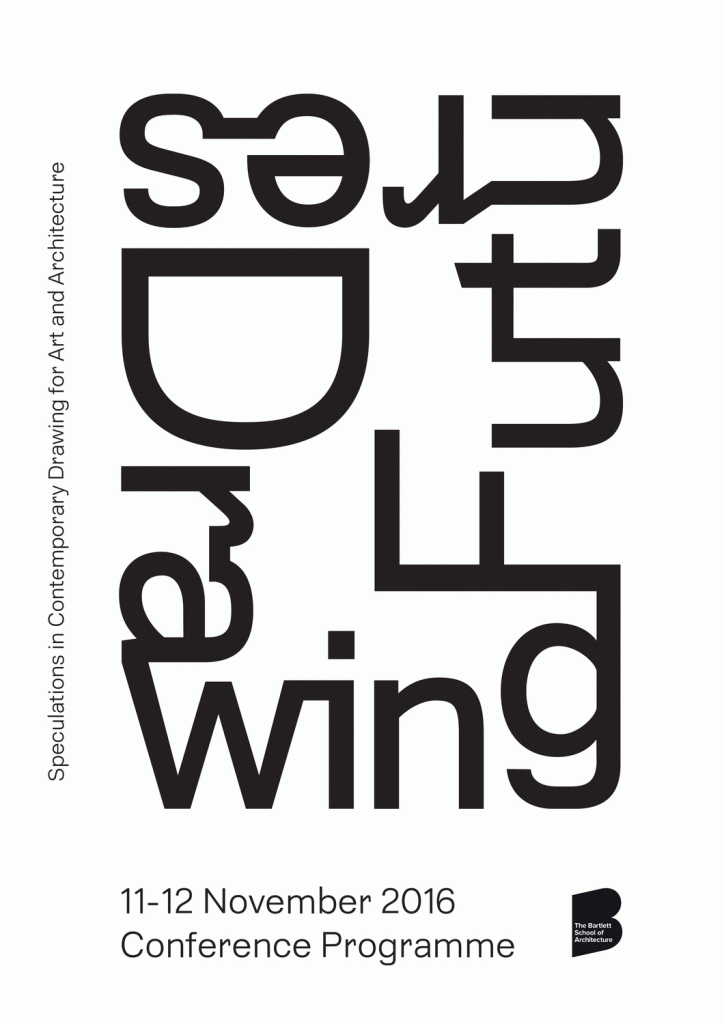
*Image credits: Drawing Futures, Laura Allen and Luke Pearson, The Bartlett School of Architecture
